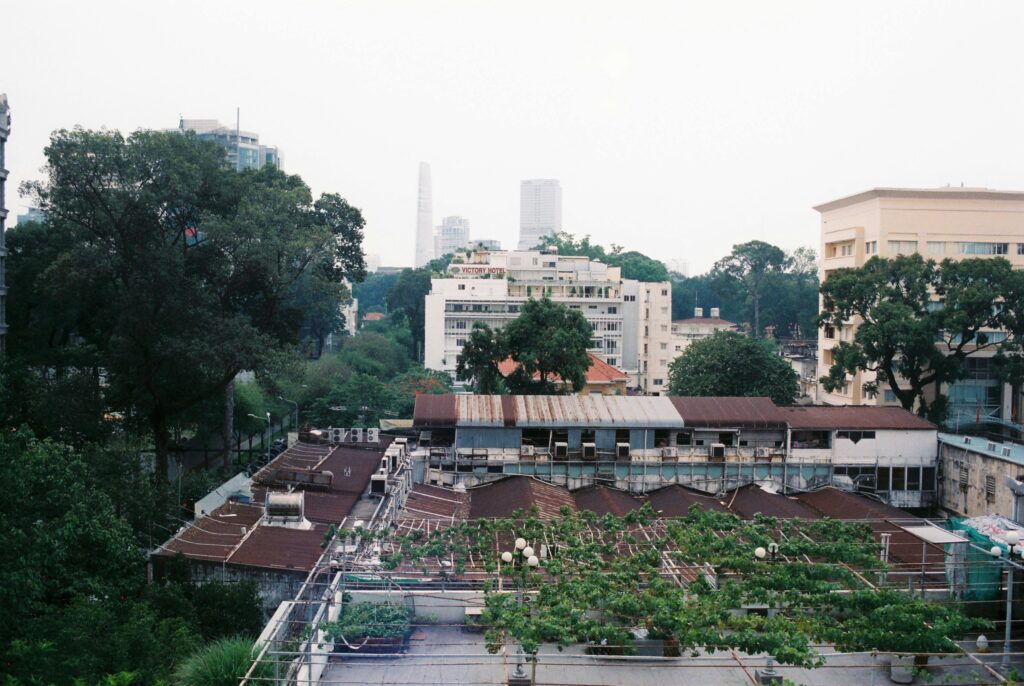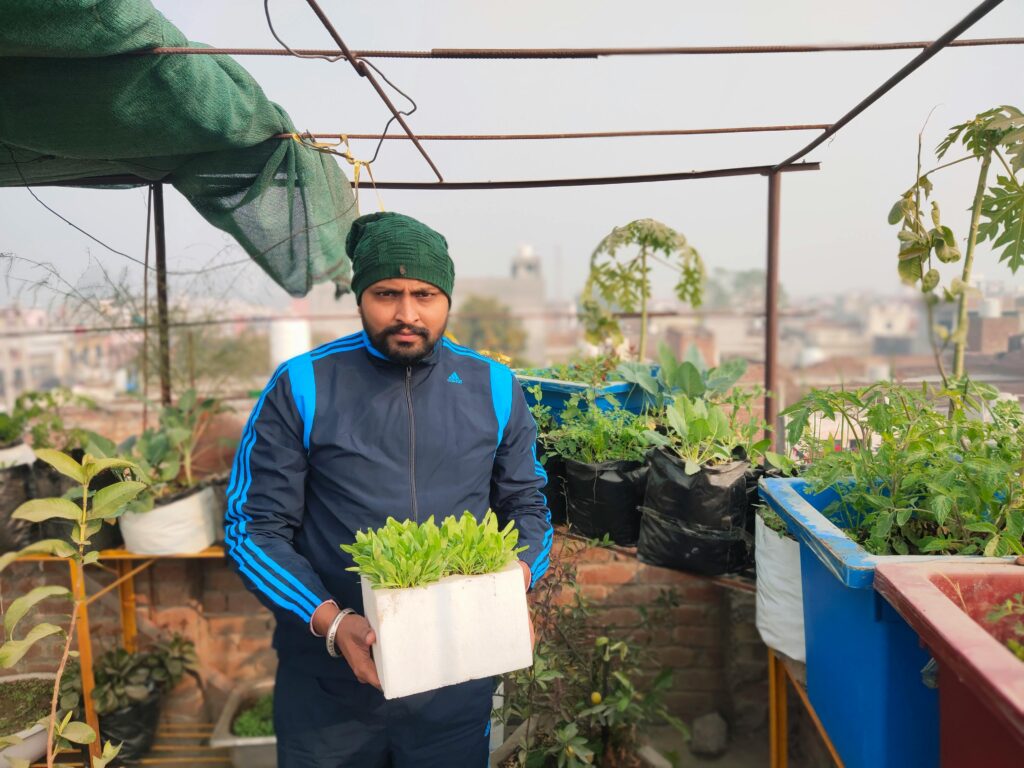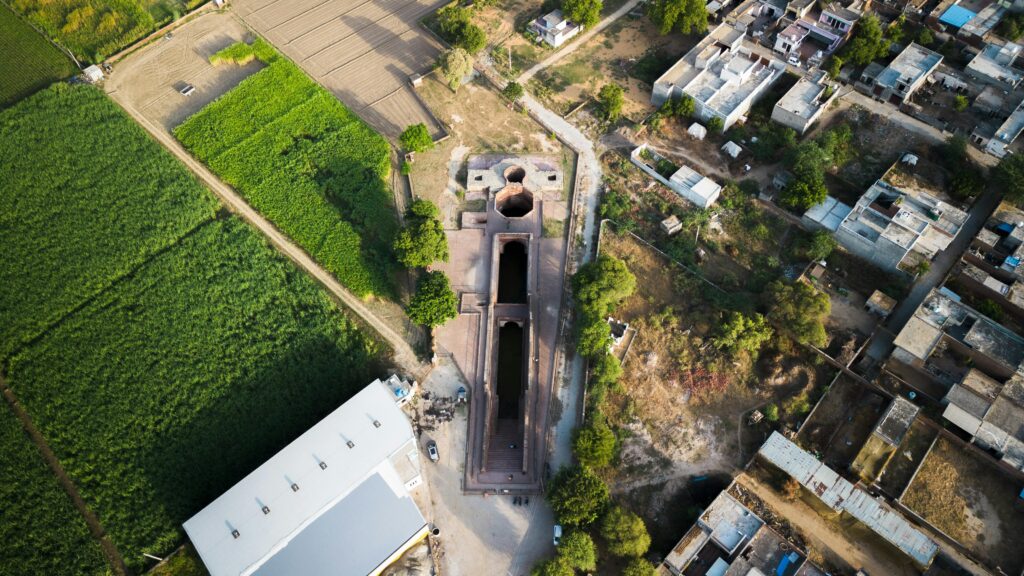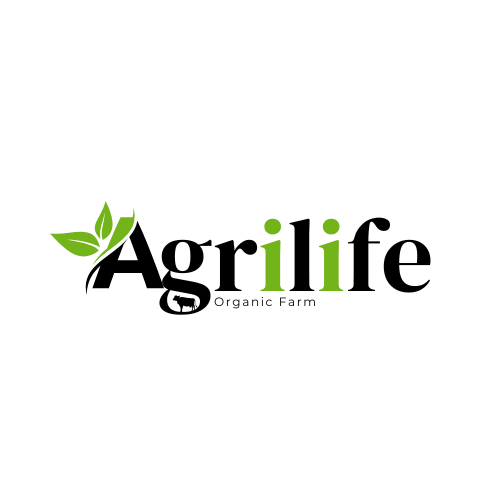
Urban rooftop farming is cultivation of crops, vegetables, herbs, and other plants atop buildings in urban areas. This progressive idea makes it possible to maximize unoccupied spaces within cities which helps to enhance and protect the environment. It enables city dwellers to obtain fresh, locally grown food with diminished dependence on distant supply networks. Furthermore, rooftop farming alleviates the urban heat island impact, enhances air quality, decreases stormwater runoff, and improves energy efficiency since those structures are naturally insulated. Rooftop farming enables multiple techniques to cultivate plants as well as container gardening, hydroponics, aquaponics, green-roofing and vertical farming.
These include container gardening, which utilizes pots or containers, and green-roofing, which integrates vegetation directly onto the roof. Both hydroponics and aquaponics are soilless systems, but aquaponics integrates commercial fish farming into the system. With vertical gardening, space on rooftops can be maximized by growing plants in stacks. Such benefits are still hampered by issues such as structural load capacity, water management, installation costs, and maintenance, but it is clear that rooftop farming does provide advantages.
Urban gardeners can take inspiration from places such as Brooklyn Grange in New York City, Thammasat Urban Rooftop Farm in Bangkok and Lufa Farms in Montreal, all of which are examples of rooftop farming. Such technologies are effective not only in making cities greener and more sustainable, but also fostering community engagement within cities and building more resilient urban food systems.
Benefits of Urban Rooftop Farming

Rainwater Exchange:
According to the type of media you choose, urban rooftop gardening units capture 90% of rainwater, which contributes to enhanced crop yield and growth. This makes manual watering or self-watering systems unnecessary.
Decreases the Chance of Pests:
Built-up urban animals like rubber deer and deer are inaccessible to rooftop plants. With the advancement of agriculture, pests have always been a headache for farmers. There should be no limit to how urban crops are grown and how healthy the soil is
Improved Air Quality:
Rooftop gardens assist in the cleansing and reduction of polluted particulates and gases by capturing them in the growth medium and also help in the reduction of greenhouse gases in cities. Dust that is suspended in the air should also be eliminated by green roofs.
The Impact of Urban Noise:
You can determine the differences between vegetables grown with the assistance of sound and without it. Build-up urban noise influences growth of plants. The research showed that vegetables grown with the help of noise have showed 20% more growth than the plants grown without sound.
Access to Sunlight:
An essential advantage of rooftop farming is sunlight. Urban rooftops offer the most optimal location to establish urban farms because they provide the highest potential sunlight for plants. With the extra exposure, rooftop urban farms are able to offer a season extension effect. This means in short that crops can be grown a little earlier in spring and a little later in the late fall.
Increase Access to Healthy Food:
Affordable and healthy food becomes accessible to people through rooftop farming. Less dependence on transportation increases food growth. It aids to healthy and good tasting food locally.
Key Features of Rooftop Farming

Space Limit:
Unused space can be converted into productive gardens such as rooftops. Also containers like pots and raised beds can be placed onto balconies to grow crops.
Soil Quality:
If natural soil is being used, we recommend undergoing soil testing to enhance the soil quality.
Efficient Energy:
Energy saving LED growth lights can be used to achieve the required illumination for plant growth. Wind turbines can also be put in place to supplement urban farms.
Engaging With the Community:
For instance, you could have workshops to let the community participate when it comes to city farming.
In conclusion, If we want to do urban rooftop farming on top of our house or building, first we need to know what urban rooftop farming is. Urban rooftop farming is cultivation of crops, vegetables, herbs, and other plants atop buildings in urban areas. This progressive idea makes it possible to maximize unoccupied spaces within cities which helps to enhance and protect the environment.
Examples of successful urban farming. In Bangkok, the Thammasat University Urban Rooftop Farm integrates urban farming with water management systems to address climate change and enhance food security. DakAkker in Rotterdam is a demonstration of sustainable agriculture and biodiversity within a rooftop, with a multiplicity of crops grown. In contrast, Sky Greens in Singapore uses revolutionary vertical farming to obtain high yield from small land spaces within urban areas to show the capabilities of modern technologies in agriculture with regard to intensive urban areas.We should be able to do the same.

